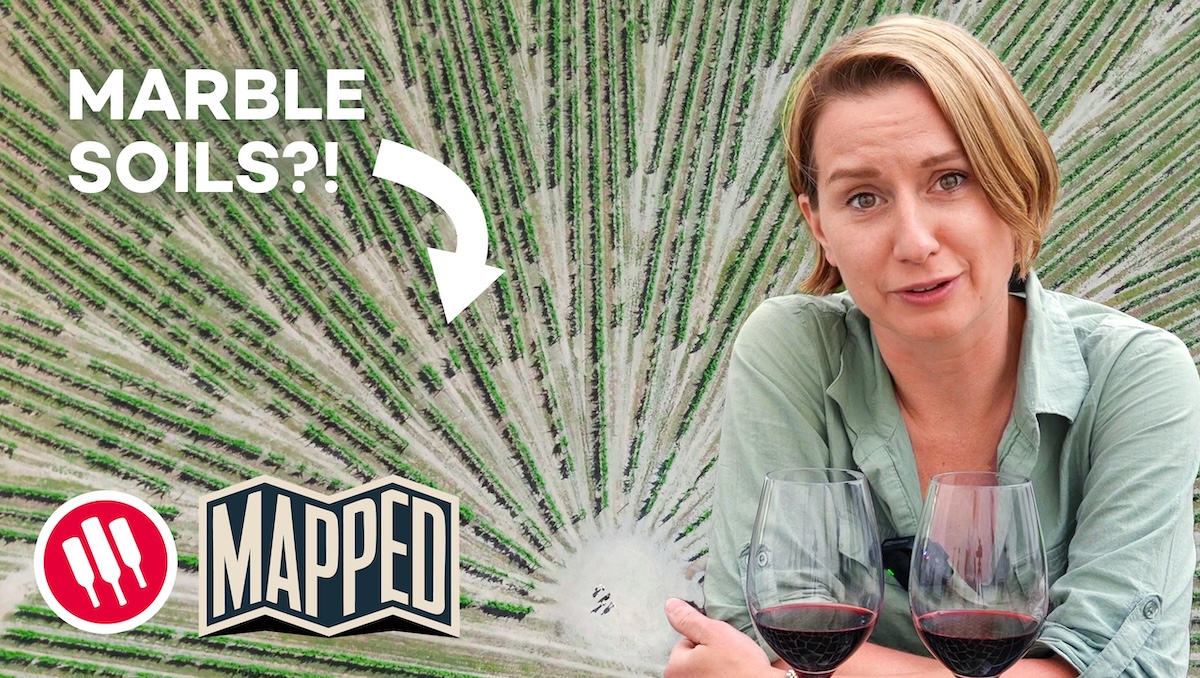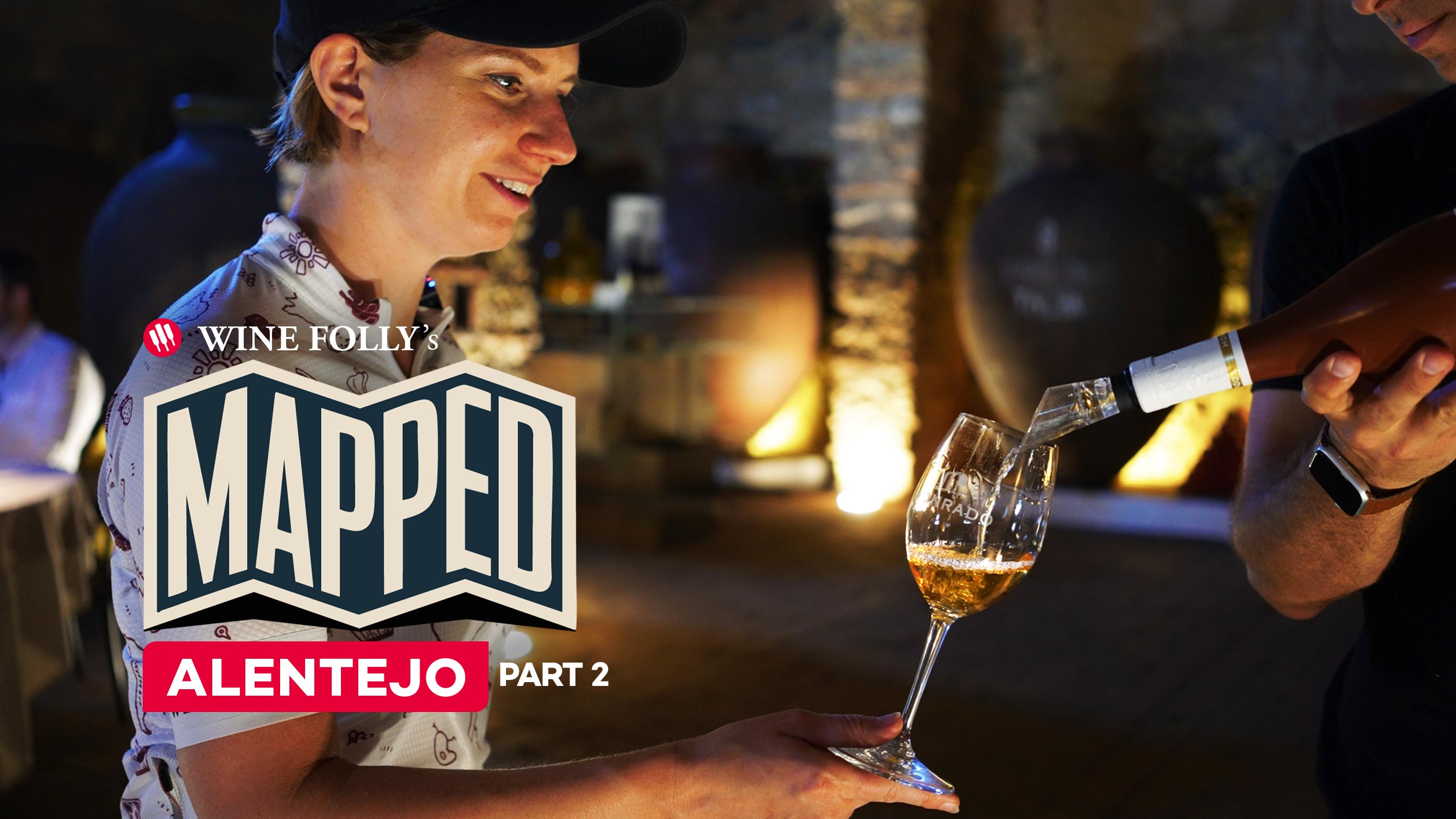Wine Folly's Wine Glass Collection (2025)
What makes a great wine glass? Madeline Puckette walks through Wine Folly's glassware collection and why shape matters.

Universal Glass Conundrum
We love universal glasses for comparative tasting when learning about wine. But when we're drinking wine? Well, that's a different story. As it turns out, having a glass shape specialized to the wine you're drinking does improve the flavor.
Why not always get the best taste out of a glass of wine? So, this is why we picked a collection of glassware that highlights different wine's best features.
Glass Size
For white wines, glasses tend to be smaller and much less wide, this helps keep your wine cooler.
Red wines glasses tend to vary in size, with some glasses being quite large because cold temperatures aren't as high of a priority when tasting (compared to tannin sensation and aromatics).
Bowl Size
The bigger and rounder the bowl of a wine glass, the greater the aromas! For Pinot Noir, an aromatic red, this is a big deal. It's the reason why you'll often find Pinot Noir (aka Burgundy) red wine glasses to have the largest bowls.
It's not just Pinot Noir that benefits from a big, round bowl. You can also find this style of glass with Nebbiolo (Barolo and Barbaresco), Gamay, and Nerello Mascalese.
Opening Diameter
We used to say you should look for a universal glass with a diameter of 2.5 inches or larger. Why? Well, it has a lot to do with how the tannins in red wine hit your palate. Of course, if you're not limiting yourself to a universal glass, you can pick based on the wine.
Smaller diameters help amplify acidity in wines and work excellently for white wines.
Larger diameters mitigate the drying, astringent sensation of tannins and are great for bolder red wines like Cabernet Sauvignon.
Final Sips
Regardless of what kind of glassware you choose (be it universal or specialized glasses) perhaps the most important secret of great glassware is feeling confident cleaning it. For that, check out this handy video on how we keep our glassware sparkly.
Related Videos

Can You Taste Stone in Your Wine? (Blind Tasting in Alentejo)

The Clay Revolution in Alentejo
